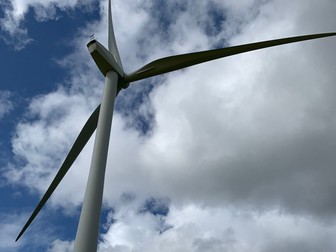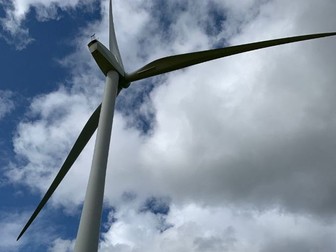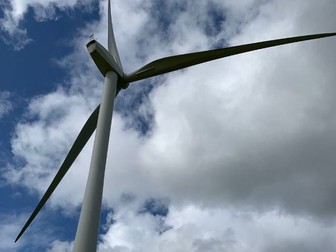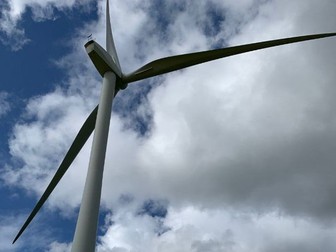Engineering GCSE AQA - CAD modeling with Fusion 360 software (practical skills)
<p>Two lessons based upon using AutoCAD’s Fusion 360, which is available for schools and students <strong>free of charge</strong> from their website. There are also many really good tutorials available on YouTube, from beginner to advanced levels.<br />
The first lesson is a slide by slide instruction on how to build a 3 part assembly of a simple depth gauge. The second powerpoint lesson has three differentiated task challenges at different levels of difficulty. They are based upon reading orthographic projection drawings to develop CAD models. One, some or all of the tasks can be attempted by individuals to develop their knowledge and understanding of using this software. These tasks could be used with alternative software packages.</p>




















